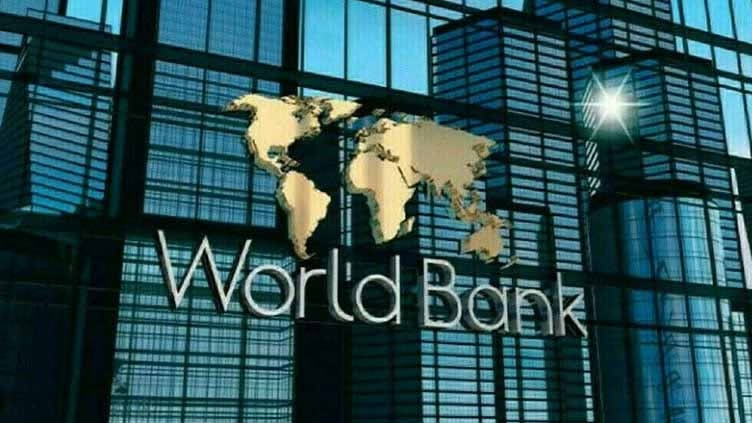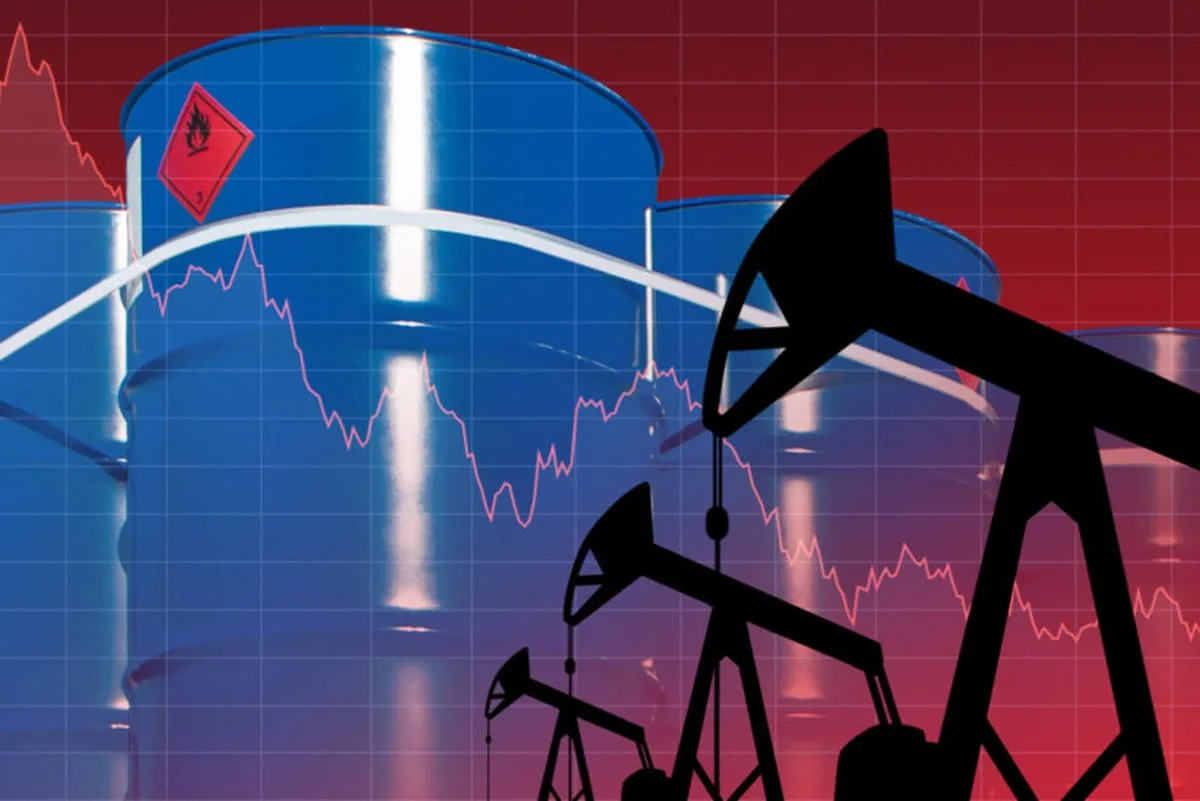In a sobering revelation, the World Bank (WB) has released its latest poverty assessment for Pakistan, highlighting a sharp increase in the country’s poverty rate. According to the new findings, 44.7% of Pakistan’s population is now living in poverty, a significant jump from the previously reported 39.8%.
The increase isn’t due to a sudden economic collapse or immediate deterioration in living conditions, but rather a revision in the global poverty threshold, particularly for lower-middle-income countries like Pakistan.
What Changed in the Poverty Measurement?
The World Bank has updated its methodology, raising the income threshold that determines poverty. Under the previous standard, people earning less than $3.65 per day were considered poor. However, this benchmark has now been revised to $4.20 per day to reflect inflation, changing costs of living, and new global economic assessments.
Under this new definition, approximately 107.9 million people in Pakistan fall below the poverty line — an alarming statistic for a country of over 240 million.
Poverty Is Rising, Even by the Old Standard
Even without the revised methodology, poverty in Pakistan had already reached concerning levels. By the old poverty line, 39.8% of the population was living below the poverty threshold — a figure that was already indicative of a deepening crisis.
The World Bank’s adjustment simply sheds a brighter, more revealing light on the true scale of financial hardship that many Pakistanis face daily.
Extreme Poverty Also on the Rise
Beyond general poverty, the World Bank report highlights another distressing trend: the rise in extreme poverty. Under the updated standard for extreme poverty — defined as earning less than $3 per day — 16.5% of the population falls into this category.
This means that more than 1 in 6 Pakistanis are struggling to meet even the most basic necessities such as food, clean water, shelter, and healthcare.
Pakistan in the Context of Global Poverty Standards
To provide a more complete picture, the World Bank also assessed Pakistan against poverty thresholds for upper-middle-income countries. According to these benchmarks, which now define poverty as living on less than $8.30 per day (up from $6.85), a staggering 88.4% of Pakistan’s population falls below the line.
This reinforces the reality that a vast majority of the Pakistani population lacks access to a standard of living considered acceptable in more economically stable countries.
What This Means for Pakistan’s Economy and Policy
The new data signals a wake-up call for policymakers, economists, and international partners. While changes in methodology provide a more accurate global comparison, they also underscore the growing economic inequality and fragility within Pakistan’s economic structure.
The increasing cost of living, coupled with inflation, stagnant wages, and rising unemployment, has left millions vulnerable. Although these revised thresholds do not change people’s material conditions overnight, they reflect a growing disparity between income and the cost of basic living.
Experts believe that unless immediate and focused interventions are made — including investment in job creation, education, health services, and social safety nets — the poverty situation could further spiral out of control.
Moving Forward: What Needs to Be Done?
To reverse this troubling trend, Pakistan must:
- Prioritize economic reform focused on inclusivity and equitable growth.
- Strengthen social protection programs like BISP and Ehsaas to target the most vulnerable populations.
- Encourage foreign investment and entrepreneurship, especially in rural and underdeveloped areas.
- Improve education and skills development, enabling people to access better employment opportunities.
- Tackle inflation and ensure access to affordable essential goods for low-income families.
The World Bank’s updated poverty assessment paints a concerning picture of Pakistan’s socio-economic reality. With nearly half of the country living in poverty and over 16% in extreme poverty, urgent policy shifts and strategic reforms are needed to address this mounting crisis.
While these statistics may be painful, they also serve as a critical opportunity for reflection and action — a moment to realign Pakistan’s development priorities towards a future where every citizen has a fair chance at prosperity.



